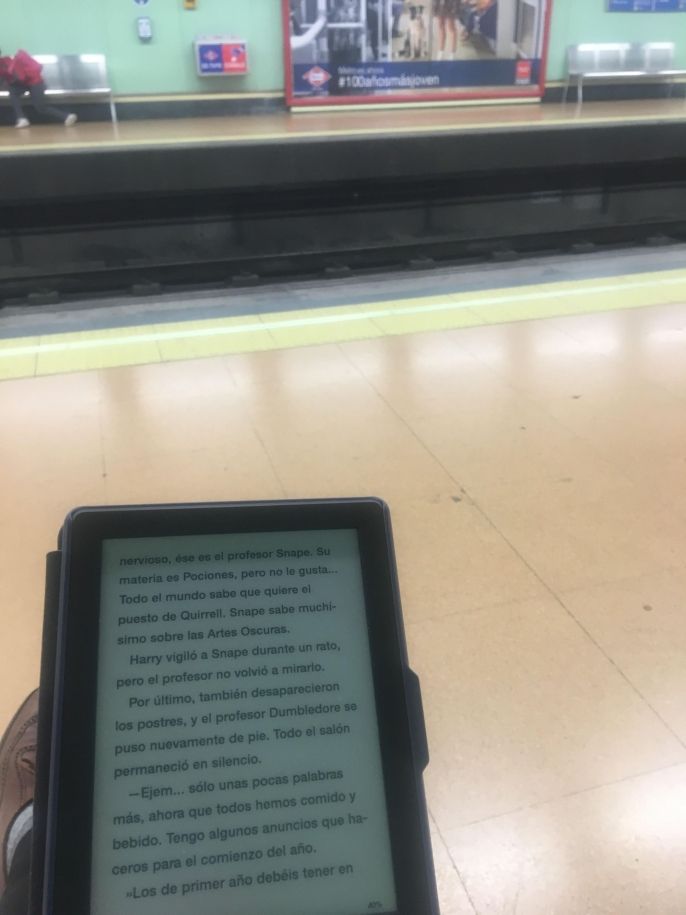Navigating the Madrid Metro
Being in the Professional English program means practically living on the metro some days. Our companies are spread out, so I recommend downloading some ebooks and podcasts to help pass the time. We have coordinators who schedule our classes and make sure that we will have plenty of time to travel in between classes. Luckily, the Madrid metro is very easy to learn. If you pay attention to the many signs posted, you should have no problem reaching your destination. It’s very expansive, in addition to the subway system there are Cercanía commuter trains that go deep into the suburbs of Madrid and beyond. There are also buses and light rails, so you have plenty of options to choose from.
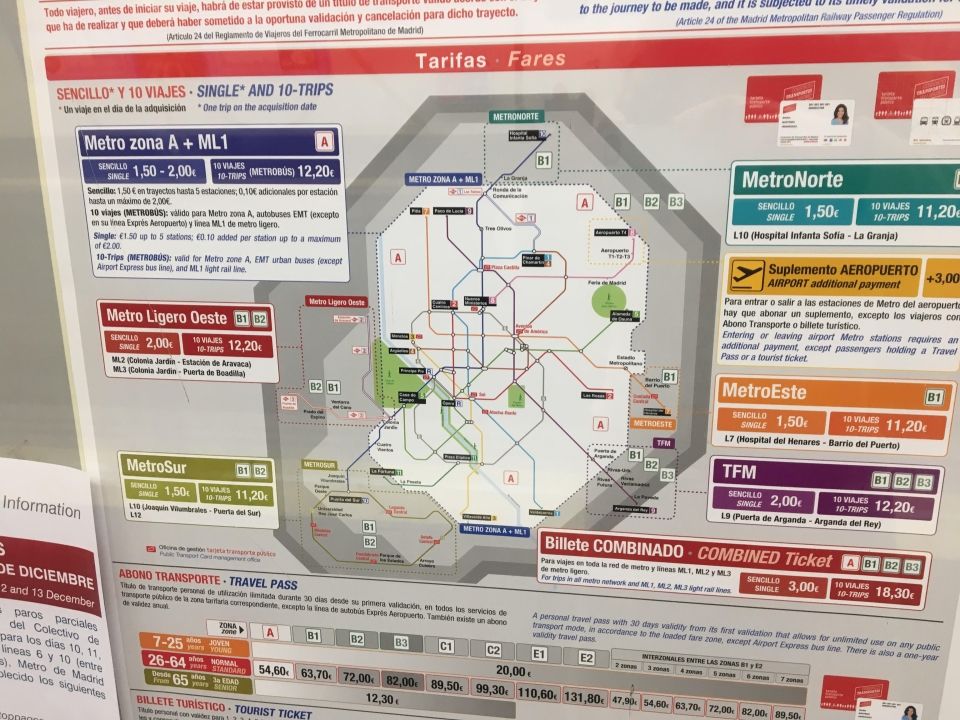
The Abono
This is what the Madrid metro card is called. I recommend getting one as soon as possible, you will get instructions on how to order it in orientation. You take a selfie, upload it to the online form, pay a 4€ fee, and you should have it within a week or so. Until you get it, you can get a temporary travel card and pay for ten trips at a time.
If you are 25 or younger, you pay 20€ to have complete coverage of Madrid. If you are 26 or older, it will cost 54,60€ for the A zone, and you will pay more to get access to each zone. I pay 63,70€ a month for the B1 pass, you will never have classes further than the B1 zone. It may seem like a lot, however when you consider how much each individual trip would cost, it makes more sense to pay for the Abono. Additionally the metros to the airport are covered in the A zone, so that means you will never have to take a taxi when you decide to fly somewhere!
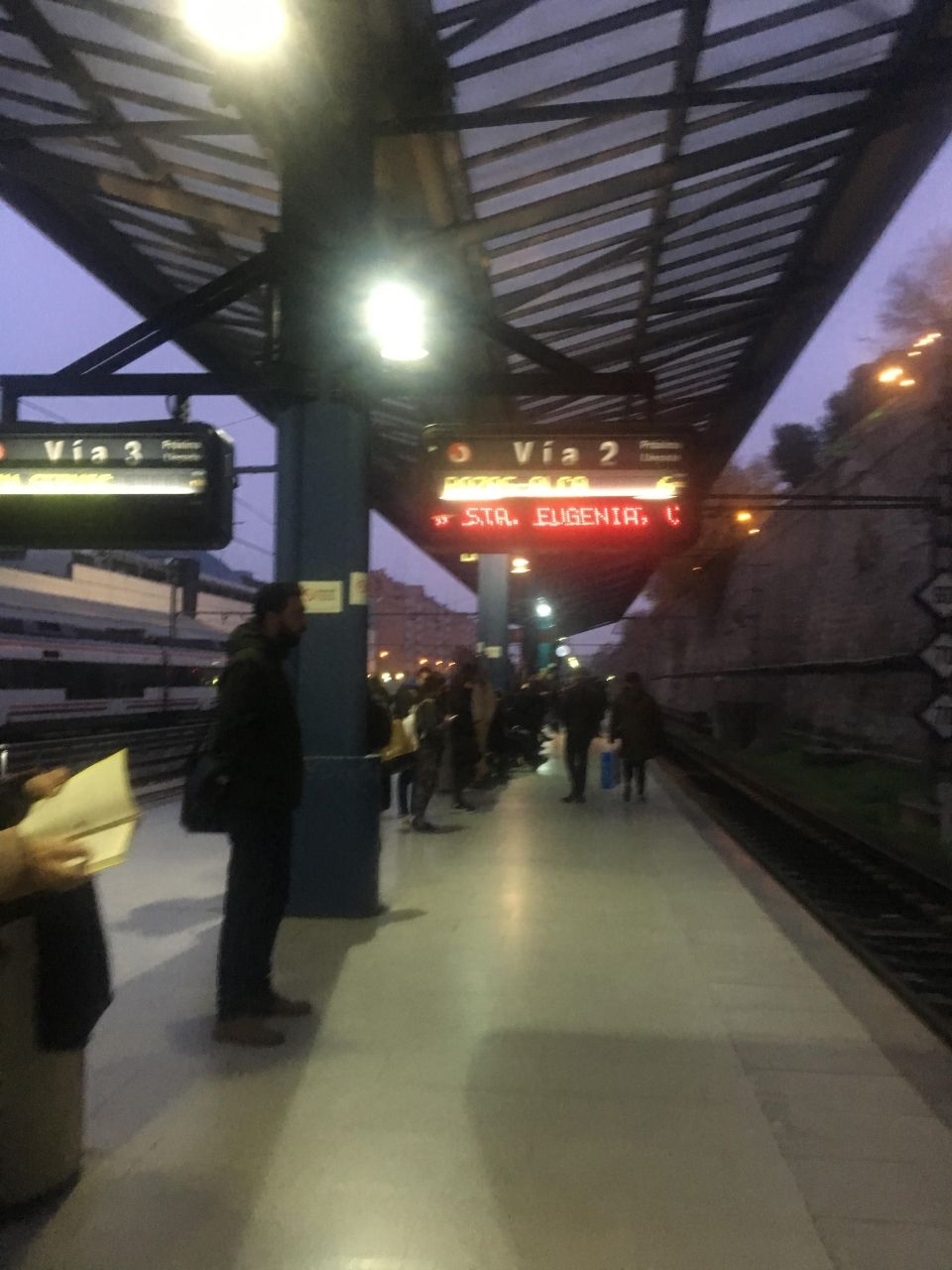
When I first came to Madrid, I avoided using the Cercanía trains, I thought they would be too complicated. I was wrong, they are very easy to use, and I was wasting a lot of time by avoiding them. If you have classes further outside of the city, the Cercanías could cut your commute time in half. They generally are faster than the metro and have fewer stops. The Cercanías go very far outside of Madrid, so they are also great for taking day trips to Segovia or El Escorial.
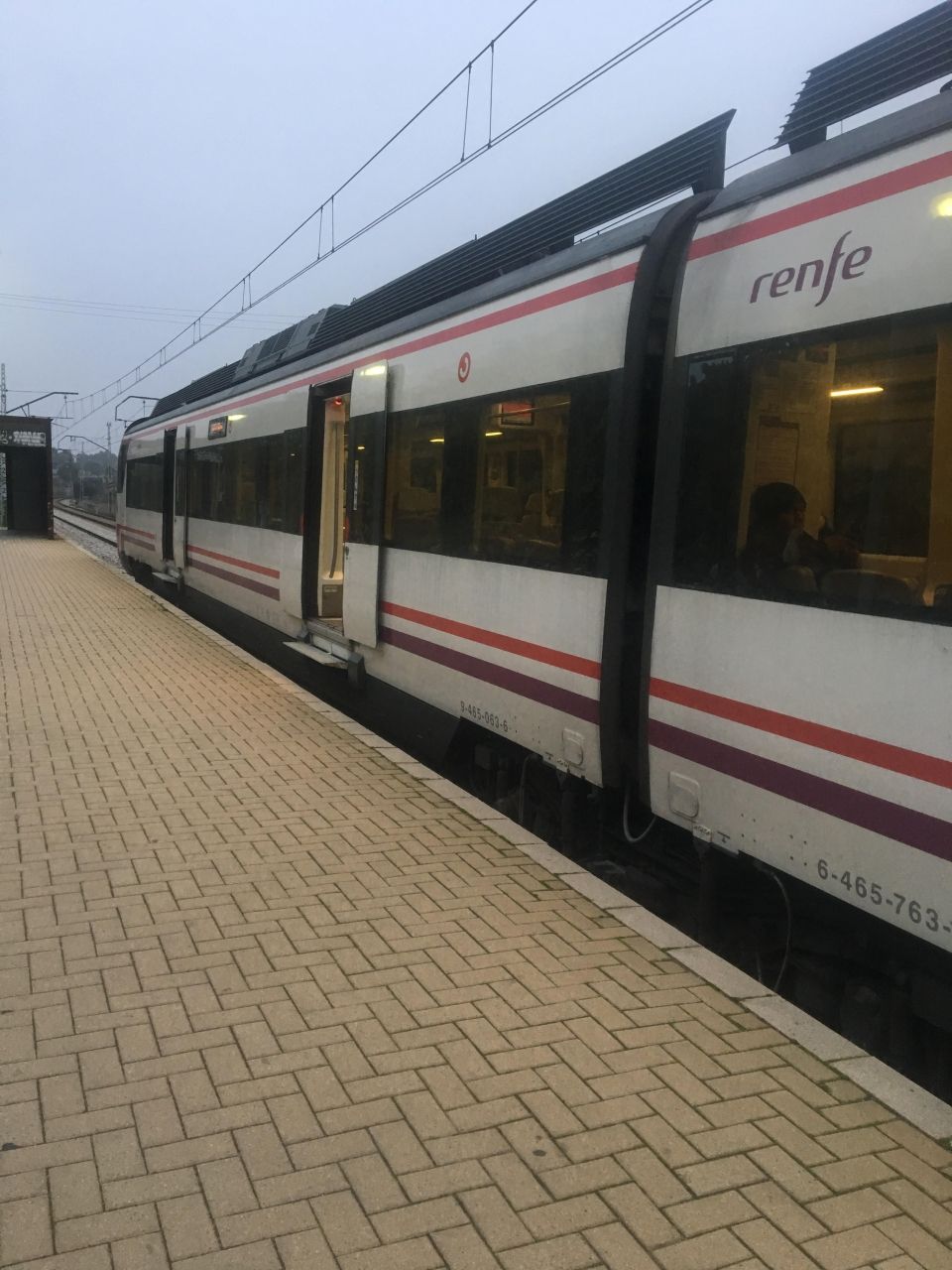
Here are some other tips for riding the metro in Madrid:
1.) Don’t rely on Google Maps too much
I always use Google Maps to find where my classes are, but sometimes the directions are a bit roundabout. For example, Google Maps once told me to take two metros and a 45 minute bus to get to one of my classes when I could take one metro and a Cercanías train and get there in half the time. I’m not sure why, but Google apparently does not know the Madrid metro very well. I will still use it from time to time, but when I have a new company I usually check for the nearest metro stop and then use Google Maps to see how to get to the station, rather than the company address. You can also ask your class coordinator, who has lived in Madrid for a long time and knows the metro system much better than Google Maps. Another app you can download is the Madrid Metro app, but I only use this for buses, since the regular metro runs so often.
2.) During Rush Hour, Stand Don’t Sit
Of course, if you have a 45-minute train it might make more sense to sit, but I recommend standing up 1-2 metro stops before you get off. The trains get full and it’s not fun having to push your way to the front, worrying you might miss your stop. Often I choose to stand by the door rather than sit, since it means I can sneak off the train easily. Always pay close attention to your belongings, especially when you are on a packed train. Pickpockets may try to use the confusion of a crowded train car to their advantage.
3.) Don’t go into the B1 zone on accident
This happened to me recently and of course with my bad luck, there were fare enforcers on the Cercanías that day. I had to pay a 13€ fine which cost more than the difference between the metro zones. If you are 26 or over, double check to make sure your Abono covers the area you are traveling to. There are maps online that show where the B1 zone starts, so check to see if your station is inside of it. You can also ask your class coordinator to be sure.
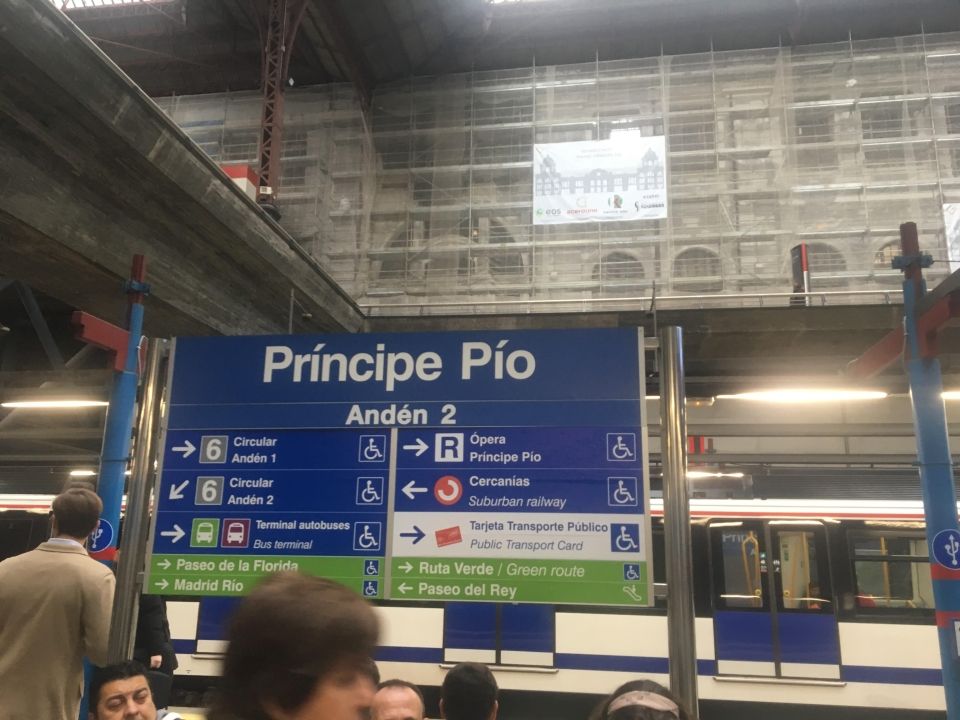
4.) Pay attention to which station you are at
Usually an intercom on the train announces the next station you are heading to, but sometimes there is no announcement. Make sure you can look out a window and see which station you are at, otherwise you may miss your stop. I also recommend memorizing the first station in the direction of your trip, that way you will know if you accidently got on in the wrong direction. I did that once and paying attention to which station I was at saved me from being late to class.
5.) Listen for metro announcements
They are usually in Spanish, but sometimes there will be a second announcement in English. They give information about station closures, holiday hours, pollution warnings, all important if you rely on the metro to get to and from work. For example, Gran Vía has been closed for a while and it will not likely reopen until April. Google Maps still tells me to take it, so it’s good that I listen to the announcements and know that the station is still closed.
6.) Live near a metro line
This is essential for anyone in the Professional English program. If you do not live near a metro line, your commute will be miserable. It might be more expensive to live near a metro line but the cost is worth it. A lot of our classes are further north, so I highly recommend living near a line that connects with the 1, 10 or both.
Those are the basic tips I have for using the metro. The Madrid metro has something new every day. Whether it’s a new metro performer or a campaign celebrating 100 years of the metro, there is always something new to see and experience. Even though I spend a lot of my day on the metro, I never really get bored of it. It’s the best way to get around the city and it’s affordable. You really get the full Madrid experience commuting to and from work with everyone else.
One of the main differences between the Professional English program and the other programs offered by CIEE is the amount of travel time. I am not kidding when I say some days you feel like you live on the metro. For me, the commute is not a bad thing, I find many ways to be productive. I read ebooks in Spanish and listen to Spanish podcasts. If I have service, sometimes I blog or lesson plan. Additionally, you will see parts of the city you would never see otherwise. For example, one of my classes is next to a beautiful park called Quinta de los Molinos. One of my favorite parks of the week is walking in this park and people watching. I would never have found this park unless I had to commute out there. By the end of my program, I will have discovered many hidden coffee shops, beautiful parks, and charming restaurants that are further away from the city center.
Related Posts
TWICE with CIEE: Kayleigh in Spain (PART 2)
Kayleigh is a CIEE alum who participated in CIEE's Teach in South Korea program AND CIEE’s Teach in Spain Volunteer program! CLICK HERE to read her experience in Korea. WHY... keep reading
CIEE Volunteer Spotlight: Meet Layla!
Where are you from? What was your academic background or career before teaching abroad? I am Canadian, specifically Québécoise. In Quebec, students are required to attend community college (CEGEP) before... keep reading
